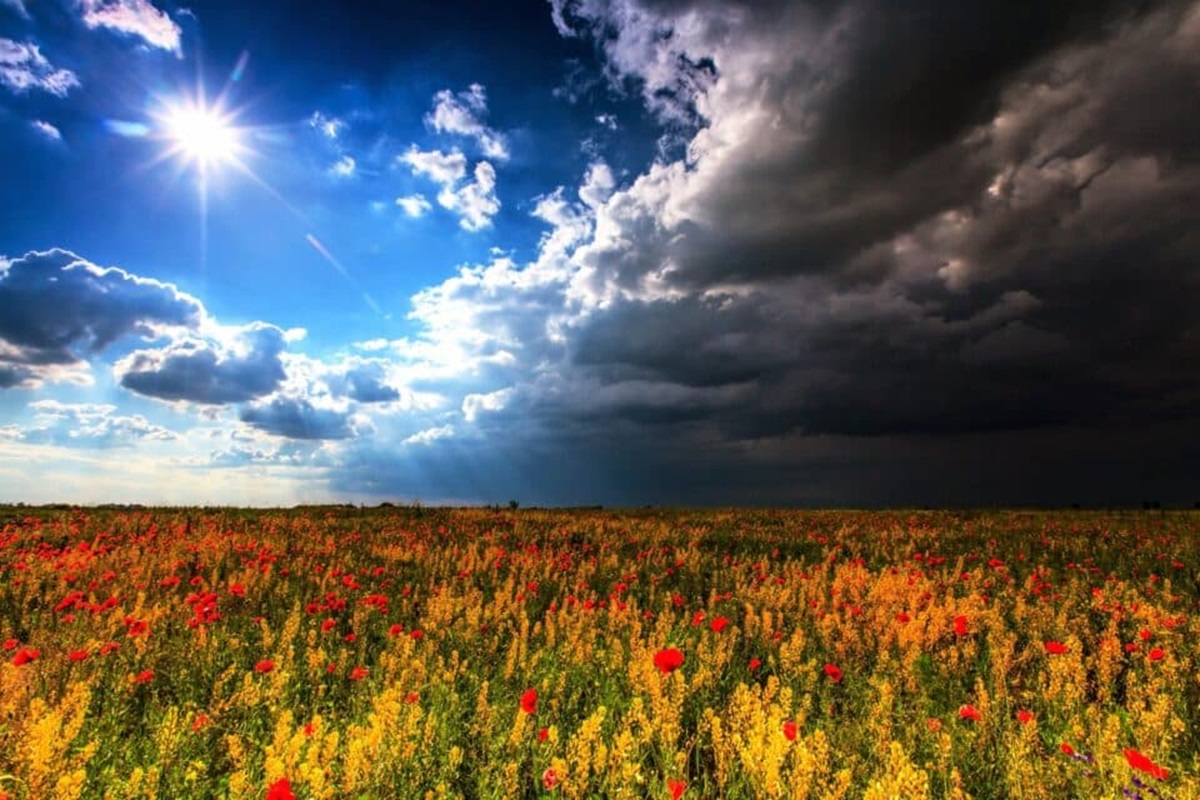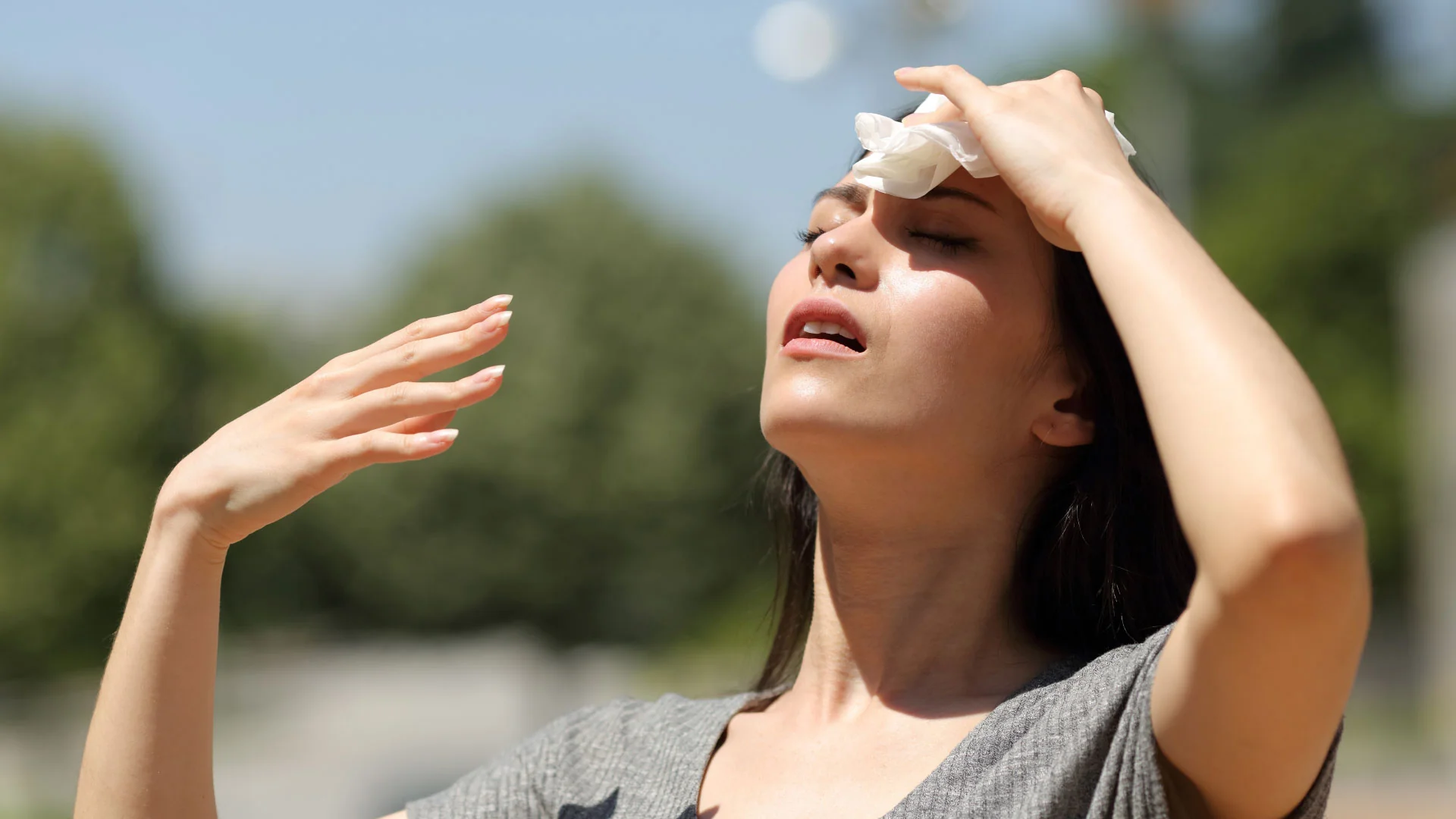As the planet warms, the UK and Ireland are experiencing a troubling rise in extreme weather events, where severe winds and heavy rainfall strike concurrently. This phenomenon is known as compound weather extremes, is becoming more prevalent and intense, leading to significant challenges for infrastructure and emergency services.

Emerging Climate Threats Newcastle University researchers have observed marked changes in climate patterns, comparing historical data (1981-2000) with future projections (2060-2081). Their findings indicate a sharp escalation in extreme weather severity, correlating with rising global temperatures. This increase is largely attributed to heightened rainfall, a direct consequence of the warmer climate.
Moreover, shifts in the jet stream’s trajectory are expected to direct storms into warmer areas, intensifying rainfall even further.
Intensification of Compound Weather Extremes The frequency and severity of windstorms coupled with extreme rainfall are projected to rise, heightening the risk of devastating floods, particularly in flood-prone coastal regions. This trend poses a grave threat to emergency services and critical infrastructure, such as power and transportation systems.
Dr. Colin Manning, lead researcher, warns of the severe implications if these trends continue, advocating for a dual approach to mitigate the effects: reducing greenhouse gas emissions and enhancing the resilience of key infrastructure.
Deciphering Compound Weather Dynamics The research team employed a detailed analytical method to better predict compound weather extremes, associating severe wind and rainfall with the occurrence of extra-tropical cyclones (ETCs). They utilized the Wind Severity Index (WSI) and Rainfall Severity Index (RSI) to gauge the intensity of these events and determined their frequency using return period calculations. This methodology was crucial in detecting shifts in wind and rainfall intensities.
Professor Lizzie Kendon underscores the importance of the advanced climate projections used in the study. These high-resolution models offer a granular perspective on the evolution of local weather extremes in the coming years.
Advancing Climate Resilience Research The insights from this study lay essential groundwork for further exploration into the drivers of compound weather extremes. Future research will incorporate a wider range of climate models to validate the findings.
Recognizing the direct correlation between compound events and their impacts is critical. The mounting evidence underscores the need for a proactive and informed strategy to manage and mitigate climate change’s influence on weather patterns.
Broader Implications of Compound Weather Extremes Compound weather extremes involve the simultaneous or sequential occurrence of multiple adverse weather events, often amplifying the overall impact. Examples include the concurrent onset of heatwaves and droughts, which can severely strain water resources and elevate wildfire risks, or heavy rainfall coinciding with storm surges, leading to floods with far-reaching destructive potential.
Source:


